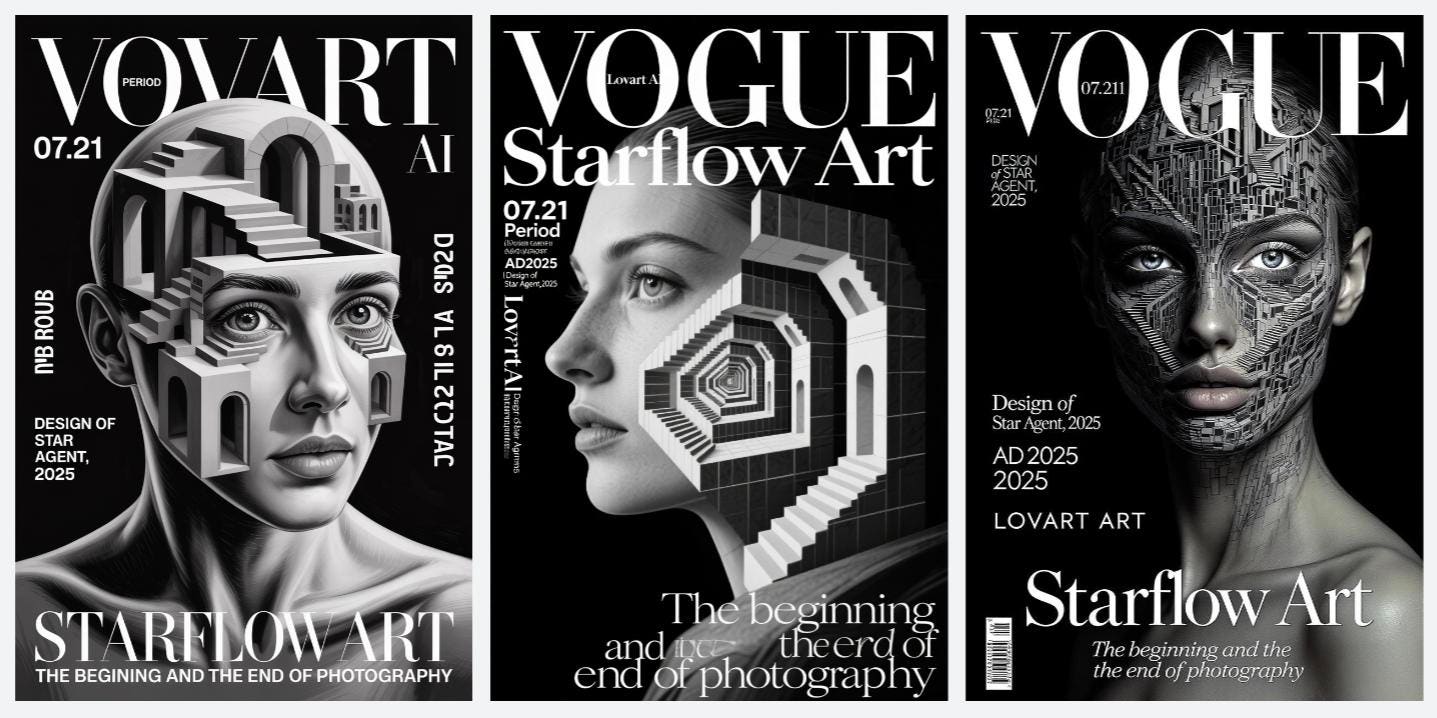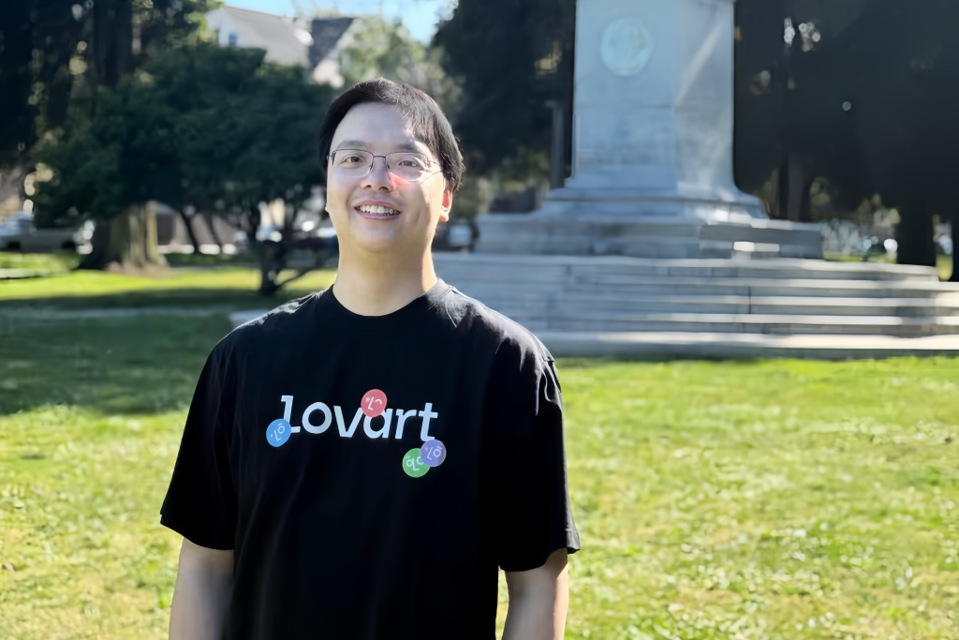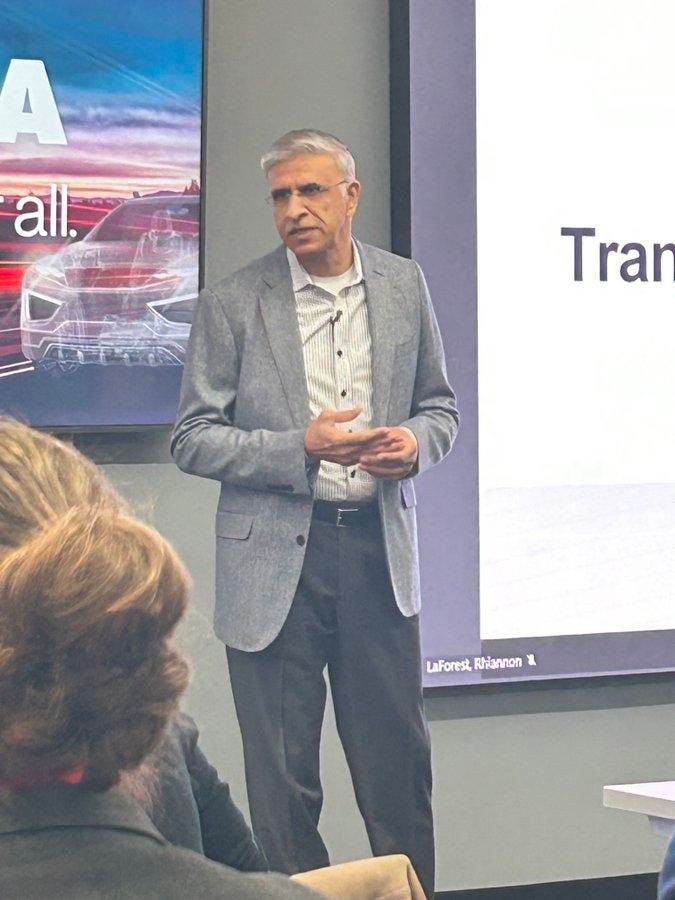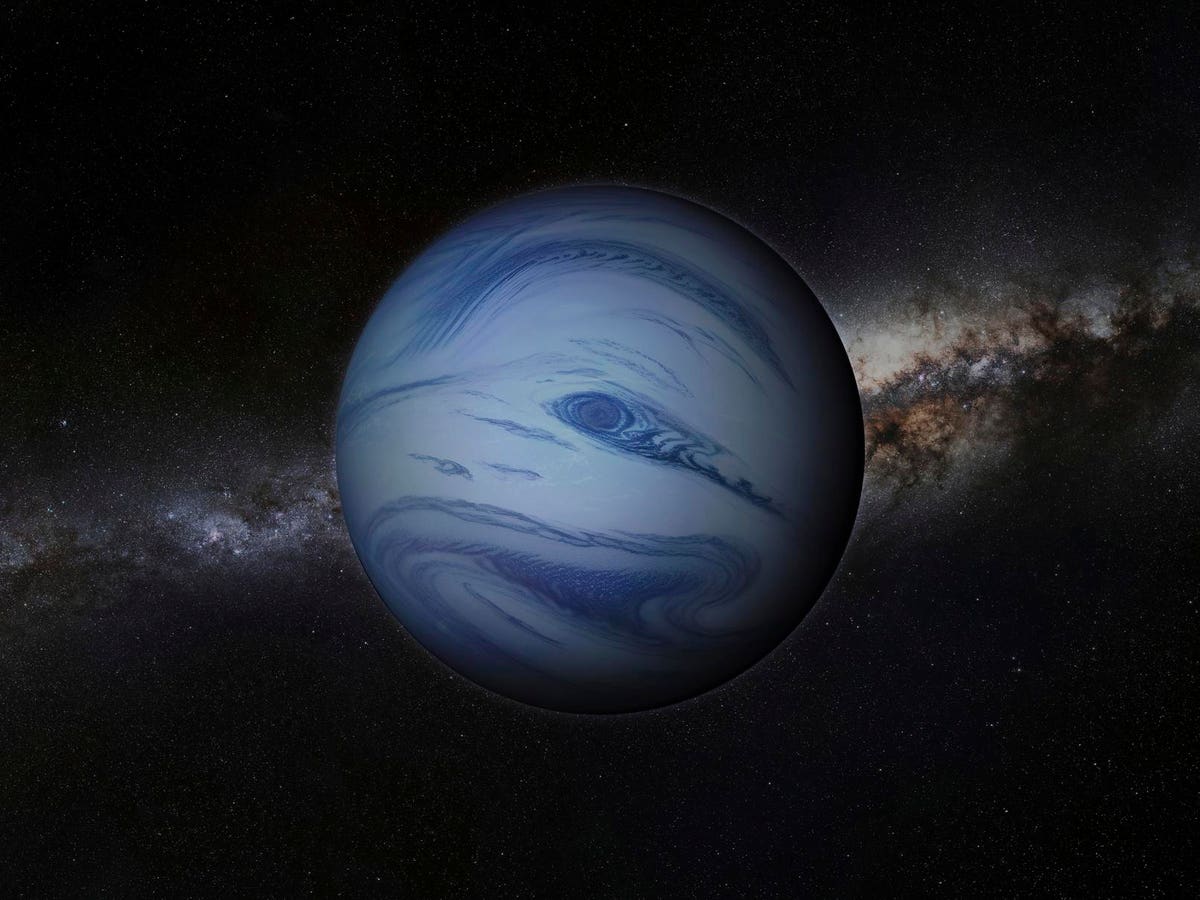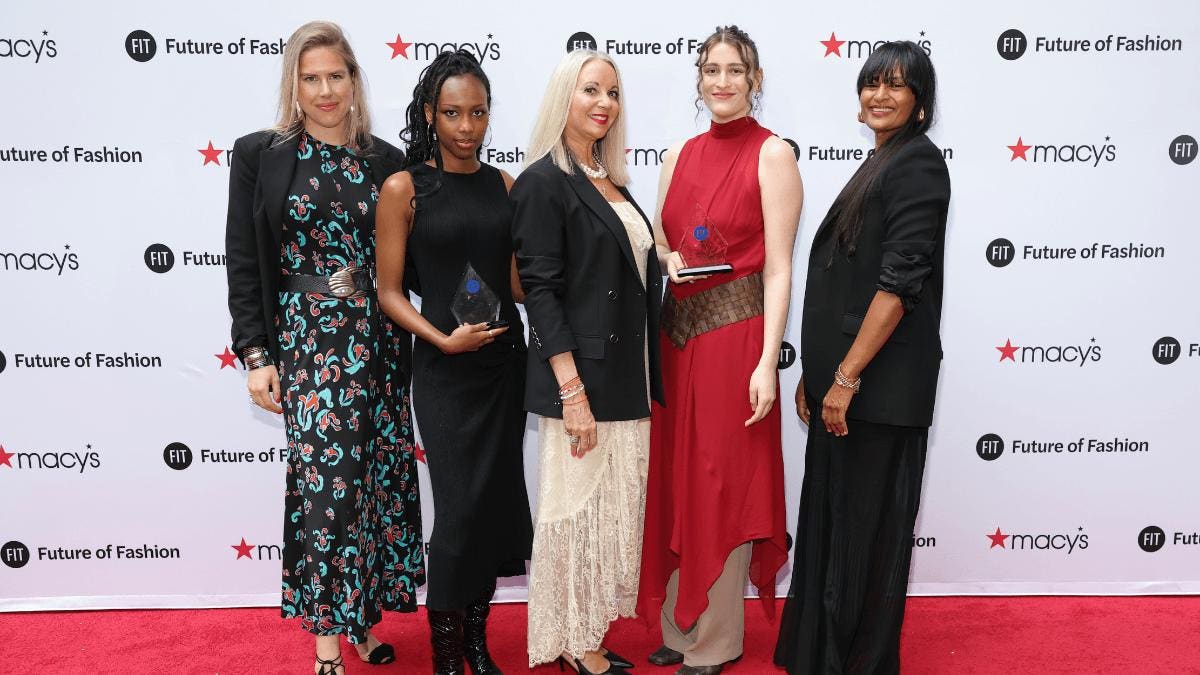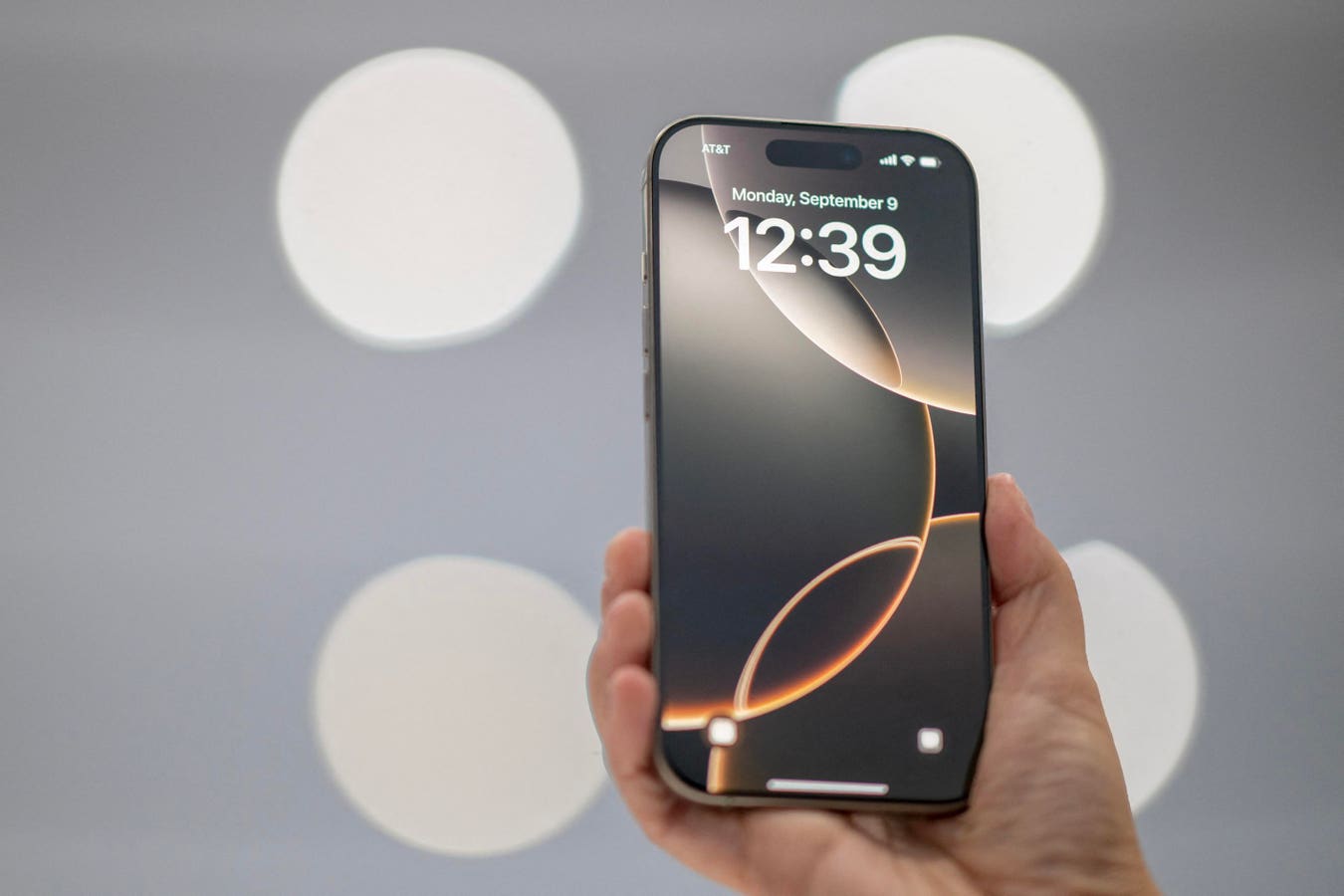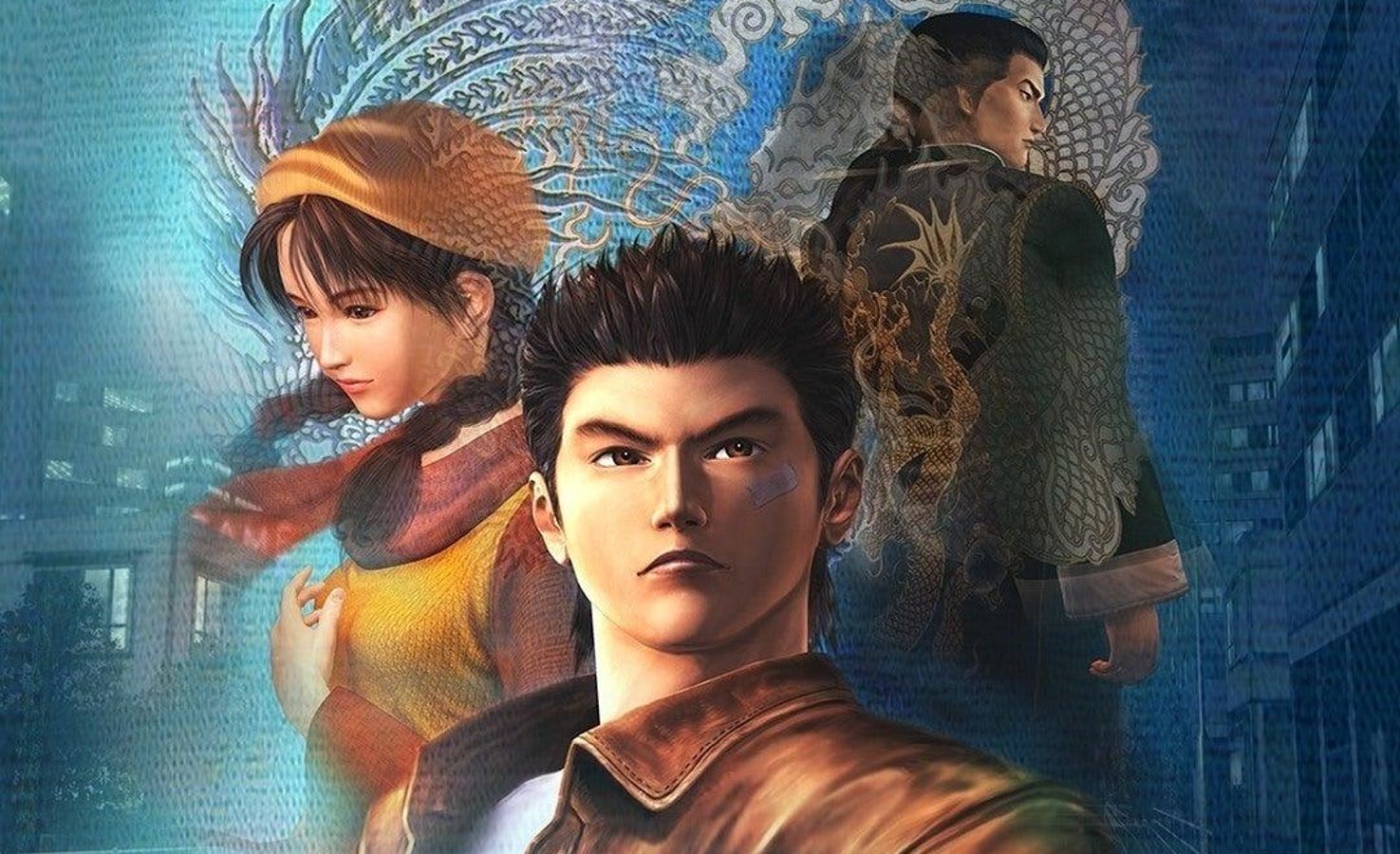San Francisco-based Lovart AI exited beta this week with an AI design tool that wants to deliver the work of a six-figure branding agency in minutes for less than $90 a month. Marketed as the world’s first “Design Agent,” Lovart combines a proprietary reasoning engine with a stack of leading generative models to produce everything from logos and packaging to video and 3D assets from a single text prompt. I’ve been using Lovart for the past month, and it’s good enough to make graphic designers tremble.
After a closed beta that drew over 800,000 users across 70 countries, Lovart officially launched on July 23. Interest came not just from designers, but also solo founders, student creators, and marketers pressed for time. “A lot of early users are solo builders and startup teams who don’t have the time or team to start from scratch every time,” one team member posted on Reddit.
Lovart AI founder Melvin Chen
Lovart’s founders, CEO Melvin Chen, a Carnegie Mellon trained AI researcher, and Haofan Wang, say their tool goes beyond image generation. Its agentic design model interprets prompts like a creative director would, coordinating a team of specialized AI agents through a system they call “Mind Chain of Thought.” Users work with it through a natural-language interface and a collaborative workspace called ChatCanvas. A typical request might be “create a coconut latte brand with a brown color scheme,” and Lovart will return a complete visual system, posters, product renders, social graphics, and even a sample video ad.
Magazine cover design.
“At Lovart, we don’t have product managers. We have designers who teach AI how to think,” Chen said. “The canvas is the desk. The agent is your teammate.” Designers on social media echoed that sentiment. “Compared to Midjourney or Leonardo, the UX here is just smooth,” wrote one Reddit user. “Everything feels like it’s made for creators, not engineers.” Another praised its minimal prompt requirements: “You can get hyper-detailed shots without endless tweaking.” The tool’s ability to generate 40 polished assets at once from posters to UI flows to 3D models was repeatedly cited as a key differentiator.
I’ve been using Lovart for the past month and will vouch for its ability to surprise you with its “creativity.” As an ideation tool, it is a home run. However, it has a hard time when the changes get more precise. Despite the presence of an inpainting tool, it was faster for me to just bring the Lovart design into photoshop to finish it. The client loved the outcome. With its press release, Lovart released images of fashion design, cosmetic design, and a social media video, positioning itself as a powerful ideation and execution tool for all sorts of creative and design applications.
Poster designs with prompting.
Lovart is going up against two giant companies in Adobe, which owns 80% of the market according to Statista, and Canva, with 12.5%. Canva acquired Leonardo AI, and integrated it. Adobe’s Fireflies AI image and video generator, available to enterprise users, is integrated into Creative Studio. Adobe trains its models exclusively on licensed content from Getty Images and indemnifies users of its AI tools from any copyright claims against their use of AI. I don’t know if being really good is really good enough in this insanely crowded market. Lovart’s going to find out.
Lovart has not disclosed any venture funding, though some reports suggest a $7.5 million seed raise is in the works. For now, Lovart is focused on traction. It topped Product Hunt on launch day, and interest on Discord and Reddit remains high. “This is what happens when Figma and Midjourney have a baby,” one user posted. “And it doesn’t sleep.”
Lovart is available now with free and paid tiers.

